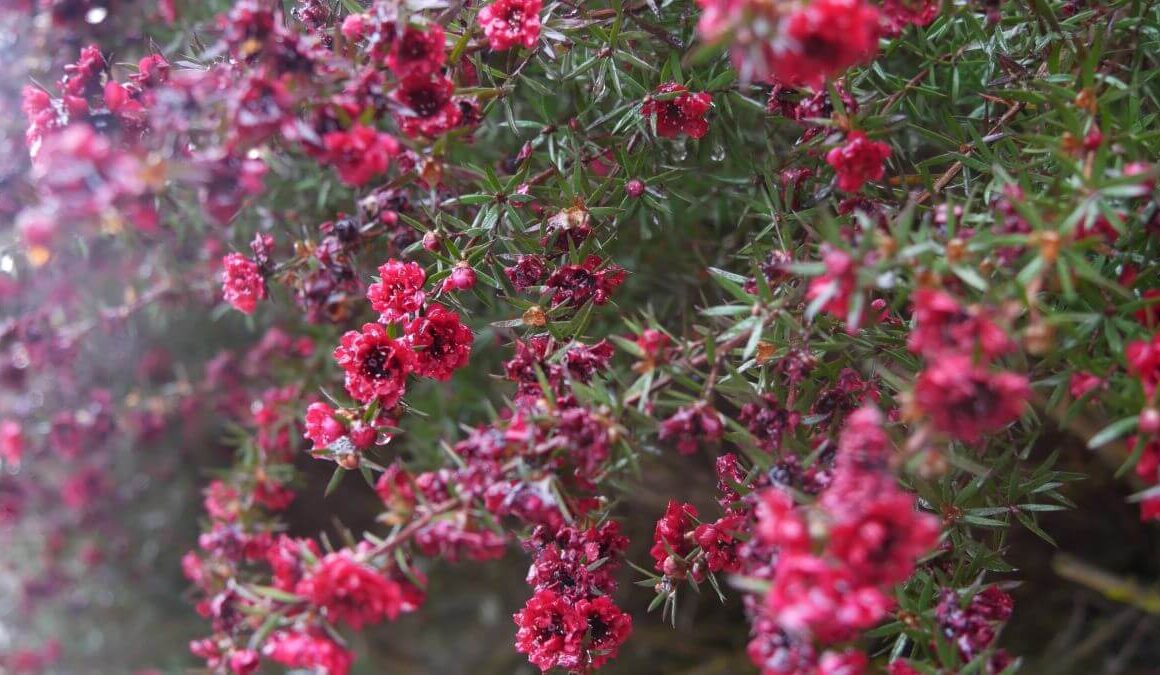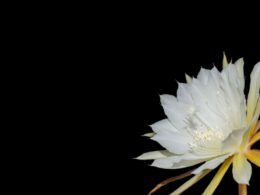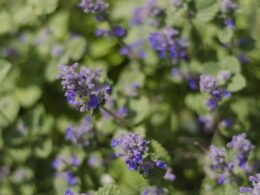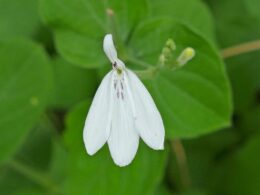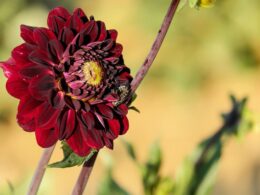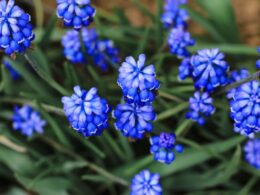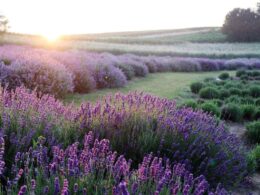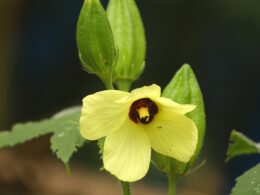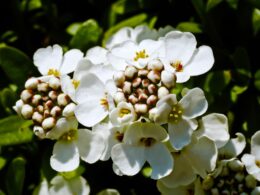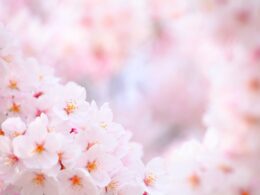What’s a Myrtle Flower?
The myrtle flower is a small, delicate bloom that belongs to the Myrtaceae family. This family includes many other well-known plants, such as eucalyptus, guava, and allspice. The myrtle flower is native to Australia and South East Asia, although it can now be found in many other parts of the world. The plant grows as a small shrub or tree, and produces white flowers.
Myrtle Flower Appearance
The myrtle flower is a beautiful and unique flower that has many features. The most notable feature of the myrtle is its fragrant flowers, which bloom for only a few weeks each year. The flowers are white or pale pink in color, and they have a strong scent. The myrtle is also known for its glossy green leaves, which are used in a variety of traditional medicines.
The myrtle flower is also known for its strong fragrance, and it is easy to understand why the flowers are often used in perfumes. The shape of the myrtle flower is also quite unique, as it is shaped like a star with five petals. The myrtle flower can grow up to 16.5 feet and is native to Europe, Asia, and Africa, although it is now found in many parts of the world.
Myrtle Flower Species
There are three recognized species of myrtle flowers:
- The common myrtle (Myrtus communis) is the most widely cultivated species. It is native to the Mediterranean region and has been introduced to other parts of the world, including North America.
- Myrtus nivellei, also called the Saharan myrtle, is native to the Sahara Desert. It has small, white flowers and blue-green leaves. This type of myrtle can tolerate hot, dry conditions.
- Myrtus phyllireaefolia is the least popular species of myrtles.
Myrtle Flower Growing Conditions
The Myrtus flower is a small, delicate bloom that typically grows in warm, humid climates. These flowers thrive in sandy soil and require full sunlight to reach their full potential. Although they are relatively easy to care for, Myrtle flowers are susceptible to frost damage and should be protected from cold weather if possible. When planting Myrtus flowers, gardeners should take care to space the plants evenly and water them regularly. With the proper care, Myrtle flowers will produce a beautiful display of blooms that can brighten any garden.
Myrtle Flower Meaning
The myrtle flower has a long history and has been used in many cultures. In Ancient Greece, the myrtle flower was associated with love and marriage. The myrtle flower was also used in ancient Rome as a symbol of purity and innocence. In the Middle Ages, the myrtle flower was often used in weddings as a symbol of love and fidelity. The myrtle flower is still used in weddings today, and it is also a popular choice for floral arrangements and bouquets.
Myrtle Flower: Use
Myrtle flower is commonly used to treat respiratory problems such as bronchitis, coughs and colds. The herb has expectorant properties that help to loosen phlegm and make it easier to cough up. Myrtle flower is also effective in treating skin conditions such as acne, eczema and psoriasis. The herb has antibacterial and anti-inflammatory properties that help to soothe and heal the skin. Myrtle flower can also be used to treat digestive issues such as diarrhea, indigestion and stomach cramps. The herb helps to regulate bowel movements and relieve discomfort.
Culinary Use
Myrtle flower can also be used in cooking. The flowers and leaves can be added to salads or used as a garnish. Myrtle flowers can also be candied or used to make syrup.
Precautions
Myrtle flower is generally safe to use. However, some people may experience allergic reactions such as skin irritation. If you are allergic to other members of the Myrtaceae family, such as eucalyptus or tea tree, you may also be allergic to myrtle flower. It is always best to do a patch test before using any new product, even if you have used it before.
Gardening
Myrtle flower is a beautiful addition to any garden. The plant is easy to care for and can tolerate a wide range of conditions. Myrtle flower prefers full sun, but will also grow in partial shade. The easiest way to propagate myrtle flower is by taking cuttings from an existing plant or by growing seedlings. Myrtle flower can also be grown from seed, but it is best to start the seeds in autumn, so they have a head start in the spring.





